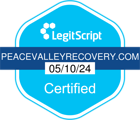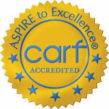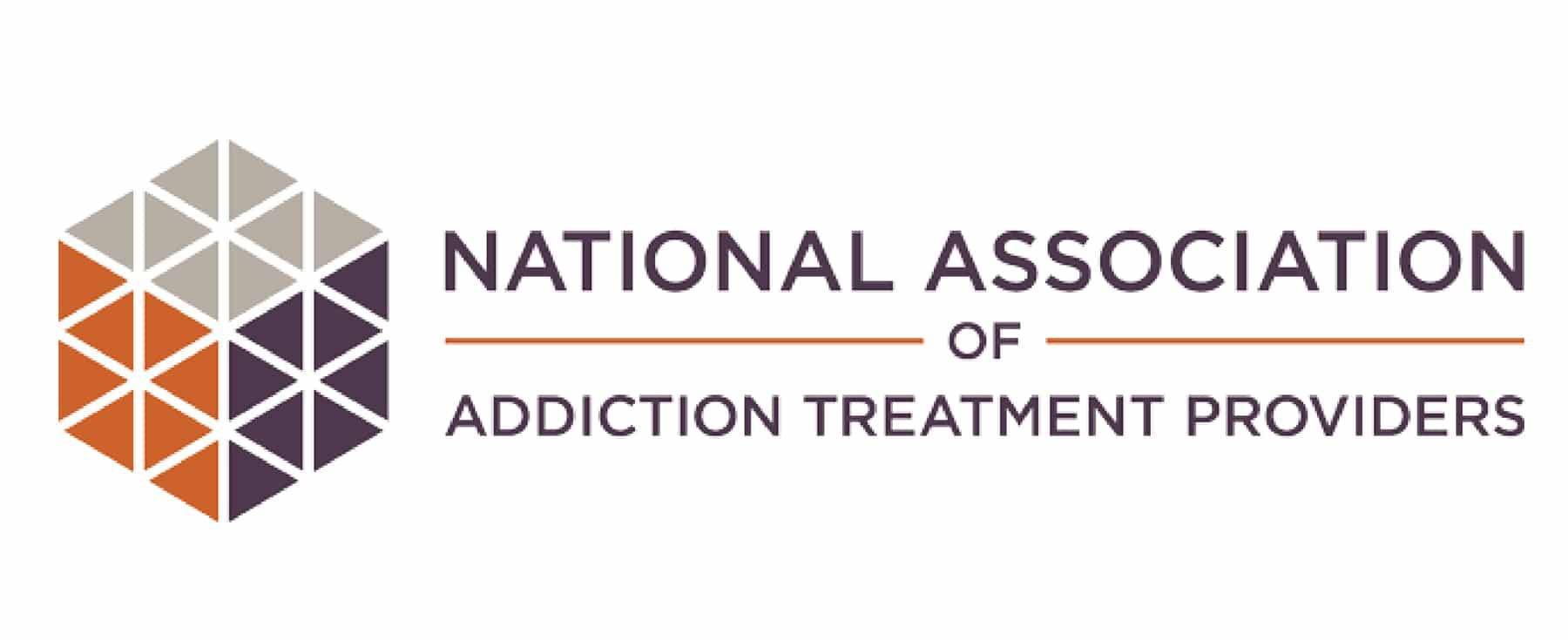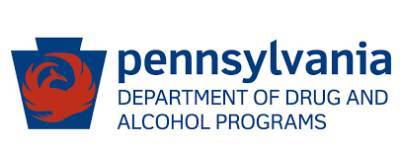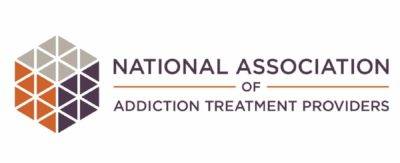The National Institute on Drug Abuse has stated that a significant number of people who have addictions also suffer from co-occurring disorders. Depression is one of the most common mental health issues driving people to self-medicate with drugs and alcohol.
According to their statistics:
- 7.7 million adults suffer from co-occurring substance abuse and mental health disorders.
- Among the 20.3 million adults with substance abuse problems, 37.9% of them also have a mental illness.
- Among the 42.1 million adults with mental health issues, 18.2% of them also have substance abuse disorders.
- More than half (52.5%) of these individuals never get the addiction treatment or mental health care they need.
- 34.5% of them only get treatment for their mental health.
- 3.9% of them only get treatment for their substance abuse problems.
- And 9.1% of them received help for both conditions.
Less than 10% of people are receiving the help they need for both mental health and substance abuse. This could be why as many as 60% of people relapse after having gone to rehab.
Here, we want to focus on depression and how it can lead a person to use substances as a form of self-medication. Fortunately, dual diagnosis treatment can provide the treatment and support people need to be successful in recovery long-term.
What is Depression?
Depression is a mood disorder that has become extremely common all over the world. Its symptoms can impact how a person thinks, feels and handles their daily activities. Once a person is depressed, medical intervention is often needed in order to help them feel better. If this condition progresses, it will worsen and may even result in suicidal ideation, suicide attempts and/or self-harming behaviors.
Researchers believe that depression is caused by a number of things, including genetics, biology, environment and various psychological factors. While it can happen to people of any age, it most often starts in adulthood.
Identifying the Signs of Depression
In order for a person to be diagnosed with depression by a medical professional, their symptoms must be present for at least two weeks. The following are some of the more common signs of depression clinicians look for when making a diagnosis:
- Changes in a person’s appetite or weight.
- Changes in a person’s sleeping habits.
- The onset of drug and/or alcohol use as a way to cope.
- Excessive fatigue that is not resolved by sleep.
- Problems with concentration.
- A sudden disinterest in activities that were once enjoyable.
- Feelings of sadness, emptiness and anxiety.
- Feelings of hopelessness.
- Thoughts of death or suicide.
Many people who are depressed will also experience physical problems that do not seem to have a clear cause. These issues also might not respond to the normal treatment protocols. They include:
- Digestive problems.
- Body aches and pains.
- Headaches.
- Cramps.
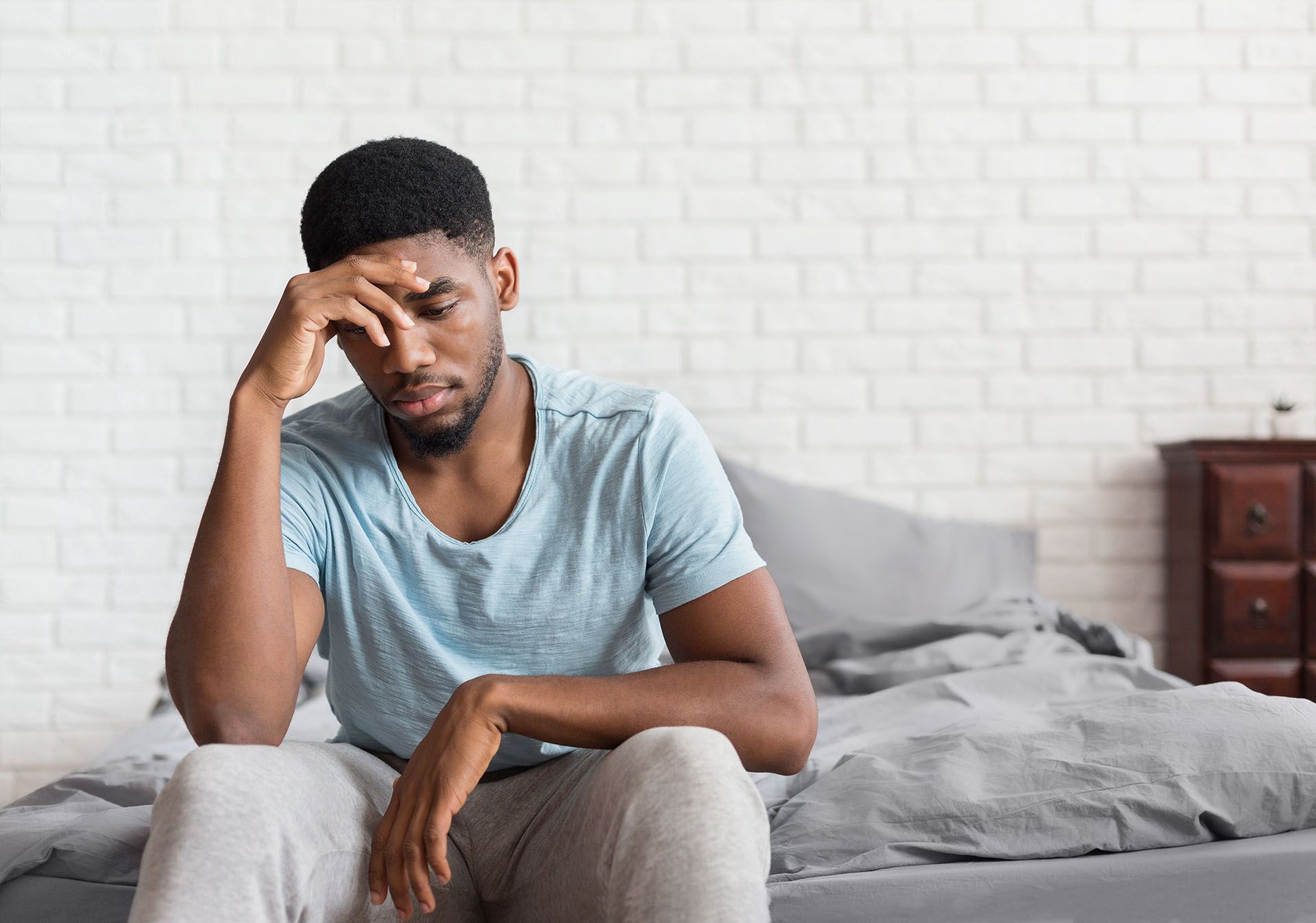
What are the Different Types of Depression?
The word depression is a very broad term. There are actually several types of depression, and each one is a little different.
Major Depression
Major depression is the most common type. People who have this type typically feel consumed by a constant dark mood. They lose interest in hobbies, people and activities they once liked. They may struggle to sleep and eat well and battle overwhelming feelings of worthlessness.
This type of depression is usually treated with a combination of medication and therapy. Over time, symptoms can improve and eventually subside. Many people end up struggling with major depression their entire lives.
Persistent Depressive Disorder
Persistent depressive disorder – which has also been called dysthymia or dysthymic disorder – refers to the presence of a low or down mood that has persisted for at least two years. But it is not quite as intense as major depression. People with this type may still be able to complete their normal tasks each day, but the joy they once had in life is gone. These individuals often suffer from low self-esteem.
Again, the most common treatment combination for this type of depression is medication along with psychotherapy. Symptoms can improve with the proper treatment, but people may continue to need medication and therapy for a long time.
Bipolar Disorder
Bipolar disorder is a mental health condition that can lead to abrupt and unusual shifts in one’s mood, activity levels, concentration levels and energy levels. It can have a direct impact on a person’s ability to carry out their normal, day-to-day tasks.
A person with bipolar disorder may experience a depressed phase for a period of time before moving into a manic phase. There are three types of bipolar disorder:
- Bipolar I Disorder – This type is characterized by manic episodes lasting at least seven days and depressive episodes that may last for at least two weeks. Some people may experience both types of symptoms at the same time.
- Bipolar II Disorder – This type includes both depressive episodes and manic episodes with decreased severity.
- Cyclothymic Disorder – This type is characterized by hypomanic symptoms with some depression symptoms lasting for at least two years.
Remaining on medications and attending therapy sessions is critical for someone with bipolar disorder.
Premenstrual Dysphoric Disorder
Premenstrual dysphoric disorder (PMDD) affects women and is diagnosed in those who have severe symptoms of depression, tension and irritability prior to menstruation. PMDD is often mistaken for PMS, but its symptoms are much more severe.
Some of the symptoms of PMDD include:
- Binge eating and food cravings
- Excessive fatigue with lower energy levels
- Anxiety
- Feelings of not being in control
- Panic attacks
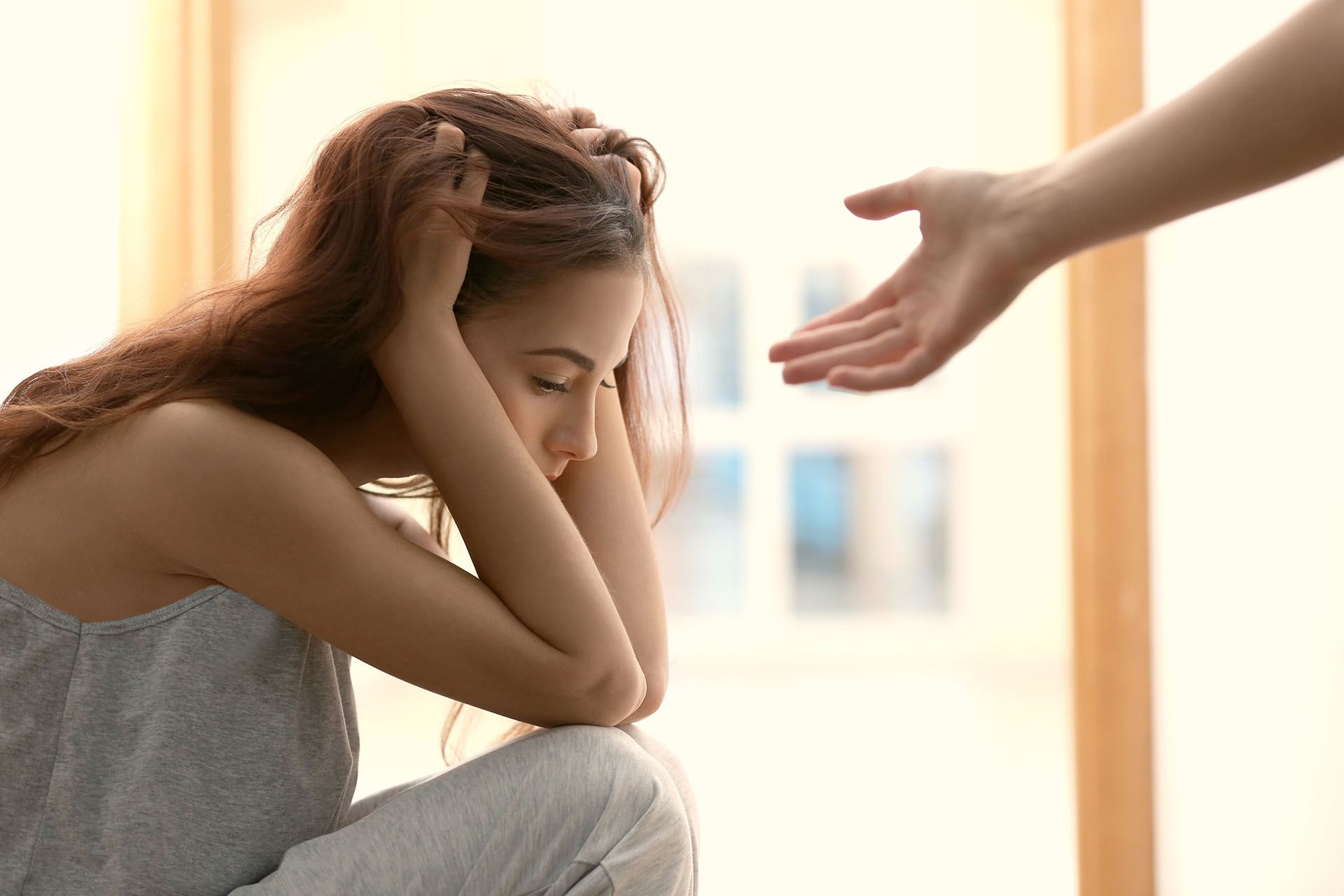
What Types of Drugs are Commonly Used by People with Depression?
People who are battling depression will often reach for drugs or alcohol to make themselves feel better or numb their emotional or physical pain. Alcohol is a popular choice, even though it is a depressant drug.
A lot of people with depression will turn to stimulant drugs to help them change their moods. Drugs like cocaine, meth and Adderall are all common among people who are depressed.
How Can Dual Diagnosis Treatment Help
Addiction rehab programs that provide dual diagnosis treatment are important for people with co-occurring disorders like depression. This is an approach that involves treating both the substance abuse problem and the addiction at the same time.
People need to get help for the underlying cause of their substance abuse issues. Many people come to rehab depressed, but it has never been diagnosed. They may not have even realized they were self-medicating.
With their depression symptoms properly treated, there is less of a reason for them to turn to drugs or alcohol for relief.
Other Dual Diagnosis
Learn More About the Link Between Depression and Addiction: Recovery is Possible!
At Peace Valley Recovery, we have worked with many people who were struggling with co-occurring disorders such as depression. In fact, this is the mental health condition we see most frequently. We know the best ways to treat it and help people get back to feeling more like themselves as they recover from their addictions.
Do you have questions about depression and addiction or other co-occurring disorders? We would love to answer them and possibly help you get the treatment you need. Please contact us today.


